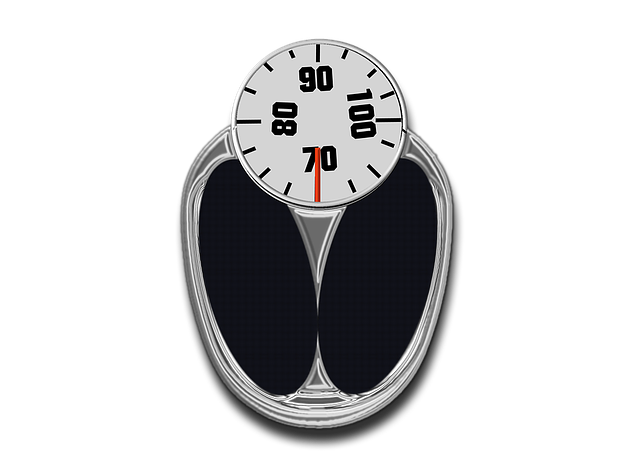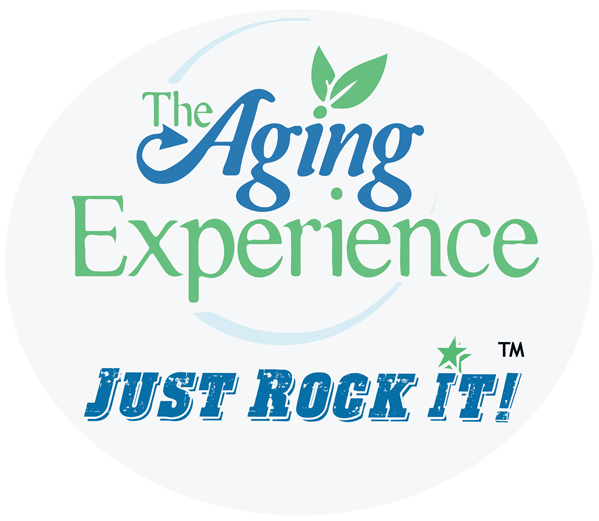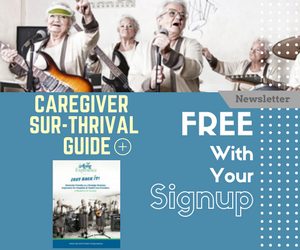Our Friday Song of the Week – I Want to Hold Your Hand
Our Friday Song of the Week – I Want to Hold Your Hand
Hospice Care- What You Need to Know – Smilecast 36
Hospice Care
In this episode we take a look at hospice and palliative care. Hospice is really a part of a culture shift around death and dying. Having experienced this with my father-in-law and mother, I can attest to the dignity and beauty that it brings to someone’s end of life. Please learn more about hospice care and when you are young have conversations about the type of care you would desire should the time come. Spell your wishes out in an advance directive.
Podcast: Play in new window | Download
Subscribe: Apple Podcasts | RSS
Bad Diets Causing Death; Fewer Overweight Trying to Exercise

Dietary Factors Associated with Substantial Proportion of Deaths from Heart Disease, Stroke, and Diabetes.
Fewer Overweight Adults Report Trying to Lose Weight.
Nearly half of all deaths due to heart disease, stroke, and type 2 diabetes in the U.S. in 2012 were associated with sub-optimal dietary habits, according to a study appearing in JAMA.
Renata Micha, R.D., Ph.D., of the Tufts Friedman School of Nutrition Science and Policy, Boston, and colleagues examined mortality due to heart disease, stroke, and type 2 diabetes in 2012 and the consumption of 10 foods/nutrients associated with cardiometabolic diseases: fruits, vegetables, nuts/seeds, whole grains, unprocessed red meats, processed meats, sugar-sweetened beverages (SSBs), polyunsaturated fats, seafood omega-3 fats, and sodium.
In 2012,702,308 cardiometabolic deaths occurred in U.S. adults. Of these, an estimated 45 percent were associated with sub-optimal intakes of the 10 dietary factors.
Now add to that another study from JAMA.
Although weight gain has continued among U.S. adults, fewer report trying to lose weight.
Socially acceptable body weight is increasing. If more individuals who are overweight or obese are satisfied with their weight, fewer might be motivated to lose unhealthy weight. Jian Zhang, M.D., Dr.P.H., of Georgia Southern University, Statesboro, and colleagues used data from the National Health and Nutrition Examination Survey (NHANES) to assess the trend in the percentage of adults who were overweight or obese and trying to lose weight during three periods: from 1988-1994, 1999-2004, and 2009-2014. Participants ages ranged from 20 to 59 years. The question of interest was “During the past 12 months, have you tried to lose weight?”
The study included 27,350 adults. Weight gain and obesity increased throughout the study period, from 53 percent in 1988-1994 to 66 percent in 2009-2014. The percentages of adults in that category who were trying to lose weight declined during the same period, from 56 percent in 1988-1994 to 49 percent in 2009-2014. The largest decline occurred among black women, from 66 percent in 1988-1994 to 55 percent in 2009-2014. Black women also had the highest prevalence of obesity, and more than half of black women (55 percent) were obese in the 2009-2014 survey. Adjusted prevalence rates showed a significantly declining trend of reporting efforts to lose weight among overweight white men and women, and black women.
The authors write that fewer adults trying to lose weight may be due to body weight misperception reducing the motivation to engage in weight loss efforts, or primary care clinicians not discussing weight issues with patients. Also, the longer adults live with obesity, the less they may be willing to attempt weight loss, in particular if they had attempted weight loss multiple times without success.
Glaucoma Treatment – B3 May Be the Answer
Glaucoma Treatment – B3 May Be the Answer
In mice genetically predisposed to glaucoma, vitamin B3 added to drinking water is effective at glaucoma treatment, a research team led by Jackson Laboratory Professor and Howard Hughes Medical Investigator Simon W.M. John reports in the journal Science.
Glaucoma is one of the most common neurodegenerative diseases, affecting an estimated 80 million people worldwide. In most glaucoma patients, harmfully high pressure inside the eye or intraocular pressure leads to the progressive dysfunction and loss of retinal ganglion cells. Retinal ganglion cells are the neuronal cells that connect the eye to the brain via the optic nerve. Increasing age is a key risk factor for glaucoma, contributing to both harmful elevation of intraocular pressure and increased neuronal vulnerability to pressure-induced damage.
The vitamin administration was a surprisingly effective, eliminating the vast majority of age-related molecular changes and providing a remarkably robust protection against glaucoma. It offers promise for developing inexpensive and safe glaucoma treatment for patients.
Conducting a variety of tests in mice susceptible to inherited glaucoma, compared to control mice, the researchers discovered that NAD, a molecule vital to energy metabolism in neurons and other cells, declines with age.
“There’s an analogy with an old motorbike,” John says. “It runs just fine, but little things get less reliable with age. One day you stress it: you drive it up a steep hill or you go on really long journey and you get in trouble. It’s less reliable than a new bike and it’s going to fail with a higher frequency than that new bike.”
The decrease in NAD levels reduces the reliability of neurons’ energy metabolism, especially under stress such as increased intraocular pressure. “Like taking that big hill on your old bike, some things are going to fail more often,” John says. “The amount of failure will increase over time, resulting in more damage and disease progression.
The glaucoma treatment of vitamin B3 boosted the metabolic reliability of aging retinal ganglion cells, keeping them healthier for longer.
Social Isolation – A Growing Epidemic Among Seniors
Social Isolation – A Growing Epidemic Among Seniors
(reprinted from my HuffPost50 Blog)
According to the AARP, 51 percent of people over 75 live alone. Twenty-six percent face an increased risk of death due to subjective feeling of loneliness. More than 8 million adults age 50 and older are affected by isolation.
The problem of social isolation will become worse over time as the boomers grow older. This is a generation that has had fewer kids; many having no children. It is a generation that was adventurous and had no problem moving away from hometowns. It is a generation that married less often and gotten divorced more often. The safety net of family is less obvious for this generation as it was for their parents.
We often talk about filling the loneliness void with friends and that is a good thing. But consider a study presented at last year’s Annual Meeting of the American Sociological Association (ASA) entitled “Social Relationships and Mortality in Older Adulthood.” It showed that for older adults, having more or closer family members in one’s social network decreases the likelihood of death, but having a larger or closer group of friends does not.
“We found that older individuals who had more family in their network, as well as older people who were closer with their family were less likely to die,” said James Iveniuk, the lead author of the study and a post-doctoral researcher at the University of Toronto’s Dalla Lana School of Public Health.
A Rush University study showed that housebound seniors are twice as likely to develop Alzheimer’s disease as more active individuals.
The AARP Foundation and the National Association of Area Agencies on Aging (n4a) partnered to create the Connect2Affect campaign to combat loneliness and isolation. You can even take a risk assessment to gauge your risk for being isolated and alone.
To conquer social isolation communities have to rally together. But there are things we all can do for ourselves that can keep us more socially connected. I spoke recently on the Charlotte Today Show about some of these things.
1. Use Social Technology for Home-Bound People There are people who simply cannot leave their homes because of health conditions. So the socialization must come to them. Certainly we need more intergenerational programs in the community that encourage people to visit with homebound elders. But don’t sell older people short. They have a great capacity to learn. My late mom knew how to use an ipad and was on Facebook. She passed at 94! So tools like Skype and Zoom can help people connect with others. That could be family but it could just as well be a charity they volunteer for or a board they serve on where, while their physical involvement is limited, their knowledge and input are most welcome.
2. Use Meetup.com to Find People Who Are Interested in the Things You Are Using sites like Meetup.com, you can connect with people who share your interests.
3. Estranged from Family? Do Something About It. I have written a blog for some eight or more years. With more than 1,500 posts and 500 video blogs, you know the one blog that is the most popular? It has to do with reconciling with family members. Check it out.
4. Get Involved in the Arts Go out and sing karaoke with friends! Take an acting lesson. My wife and I have been discovering small theaters all around the Charlotte, NC area where we live. The last play we attended was about two women in a nursing home call Rip Cord. It was hilarious. And the actors? They were “mature” women. We have a group locally called Activate Community Through Theater and it has specific programs for seniors. I bet your community may too.
5. Make a Charity Connection This is charity walk and run season. Want to find one to participate in? Go to the Charity Walks Blog.
In my keynote, The Meaning of Life, I talk about the value of social networks and things you can do to be a better friend and attract more friends. Here’s a sampling.
- Be a good listener. Friendship is less about you and more about the other person.
- Be Interested in other people – focus on finding out about them by asking thoughtful questions.
- Be positive – Positive friends add emotional and health benefits to your life. People who can put it all in perspective and move on are often the ones that have an easier time making friends.
- Be proactive about helping friends – Be ready to help friends through a difficult time. Friendships sometimes end when one person experiences a rough patch and feels that the other person just wasn’t there for them. When a friend is hurting, reach out before your friend needs to ask you for help.
- Engage with the people you meet – Make an effort to talk to five people per day. The conversations don’t have to be long or involved, but by actively engaging others you will be more aware when a new friendship opportunity arises.
- Be genuinely happy for your friends – Don’t get competitive with your friends. Life isn’t a race. Celebrate your friend’s accomplishments as if they were your own.
Social isolation and loneliness can lead to negative health consequences. For example, the health risks of prolonged isolation are equivalent to smoking 15 cigarettes a day. We all need to do our part in staying connected to family and friends. It’s hard work but the payoff is long-term.










